An Introduction to Twenty of the Most Popular Volcano Hikes in Indonesia
There are hundreds of volcanoes across the vast Indonesian archipelago, of which approximately 127 are currently active. Here is a round-up of twenty of the most popular volcanoes that can be hiked in Indonesia, stretching from North Sumatra in the west, to the islands of Sumbawa and Sulawesi in the east.
20. Gunung Sibayak

In terms of effort to enjoyment ratio, Sibayak is easily one of the top volcanoes in Indonesia. Situated above the friendly hill town of Brastagi which is just 2 hours from Medan, the volcano’s crater lies just over an hour’s walk from the nearest road and can therefore be explored by anyone in reasonably good shape. It is one of the most visited mountains in Sumatra and can be climbed from three directions. The most popular route is from the road at Jaranguda just 3km from the town of Brastagi but some people even just allow an extra hour or so (three hours in total) and walk from Brastagi such is the volcano’s proximity to the town itself. Read more
19. Gunung Kelud

This mountain is one of the most active and dangerous volcanoes in Indonesia. A large eruption in 1919 killed approximately 5,000 people and a more recent eruption in 2007-8 resulted in the crater’s pleasant blue lake being replaced with a vast lava dome. In February 2014, a huge eruption occurred two days after local people reported animals fleeing from the surrounding forests. International airports in Central and East Java were closed as ash rained down over a wide area. 200,000 people were told to evacuate. No surprise then that the Kelud area is often closed and constantly monitored by volcanologists. Read more
18. Gunung Lokon

Lokon is a twin volcano with the adjacent Empung and is located close to the pleasantly cool town of Tomohon, which is surrounded by agricultural land. All recent eruptions have originated from the Tompaluan crater which lies in the saddle between the two peaks – when most people say they climbed Lokon they mean they visited the crater and most guides will think you only want to go to the crater. Read more
17. Gunung Dempo

Looming over the Pasemah Highlands, Gunung Dempo is the highest peak in South Sumatra Province, and one of the dominant mountains of the southern Bukit Barisan Range. The climb to the summit is tough, but relatively straightforward; there are good water-sources along the trail, and if you arrange motor transport to and from the true trailhead it would be possible to bag the peak in one long day. Read more
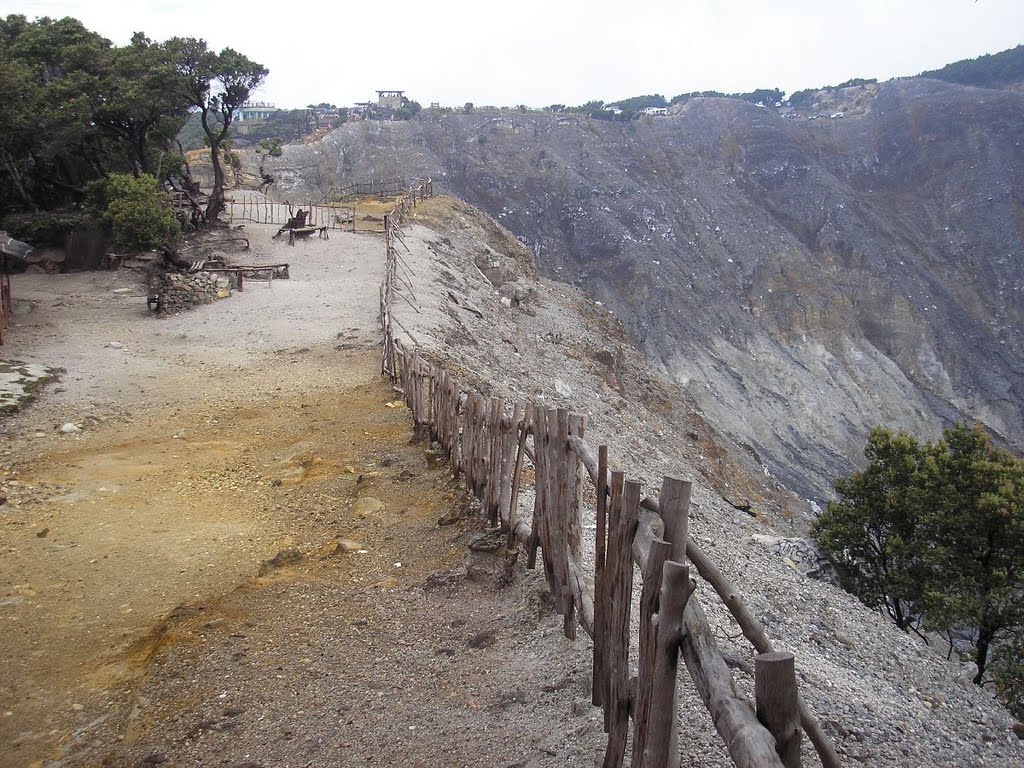
This volcano consisting of numerous active craters is one of the leading tourist attractions in West Java – mainly because it is an easy day-trip from Bandung and there is a road all the way to the Jaya Giri car park at the edge of Kawah Ratu crater at 1,830m! Stalls line the fences overlooking the craters and the sound of the call to prayer, angkots and ojeks rings in the air. However, it’s an impressive viewpoint, and there is actually some incredibly wild trekking to be done across the mountain massif despite the many masts which crown the long summit ridge. There are many sulphur vents in Kawah Ratu but there hasn’t been a major eruption since 1926. Read more
15. Gunung Raung
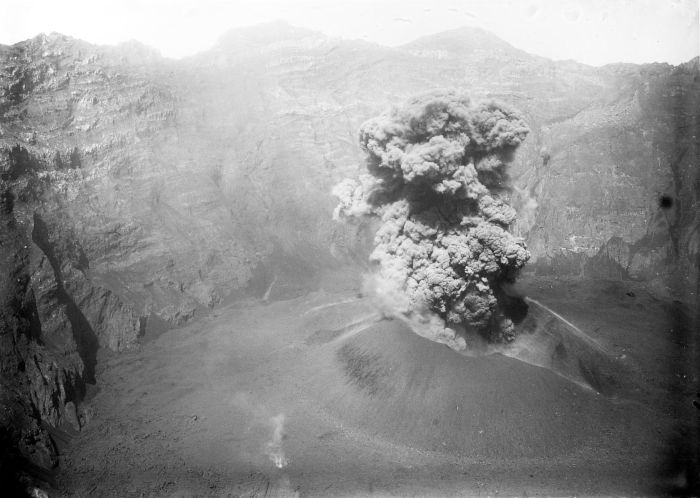
At over 2 kilometres in diameter, Gunung Raung has the largest crater in Java. It’s one of the most remote and least climbed of the 3000-metre plus peaks which means that there isn’t much litter on the trail and it really is a mountain to escape from civilization for a while. Lots of people do see the immense and impressive crater from the air as it is on the flight route from Java to Bali. Raung last erupted in 2008 but there hasn’t been a catastrophic eruption for many decades. It is worth looking at the excellent old photos of the 1913 eruption which are available online. Read more
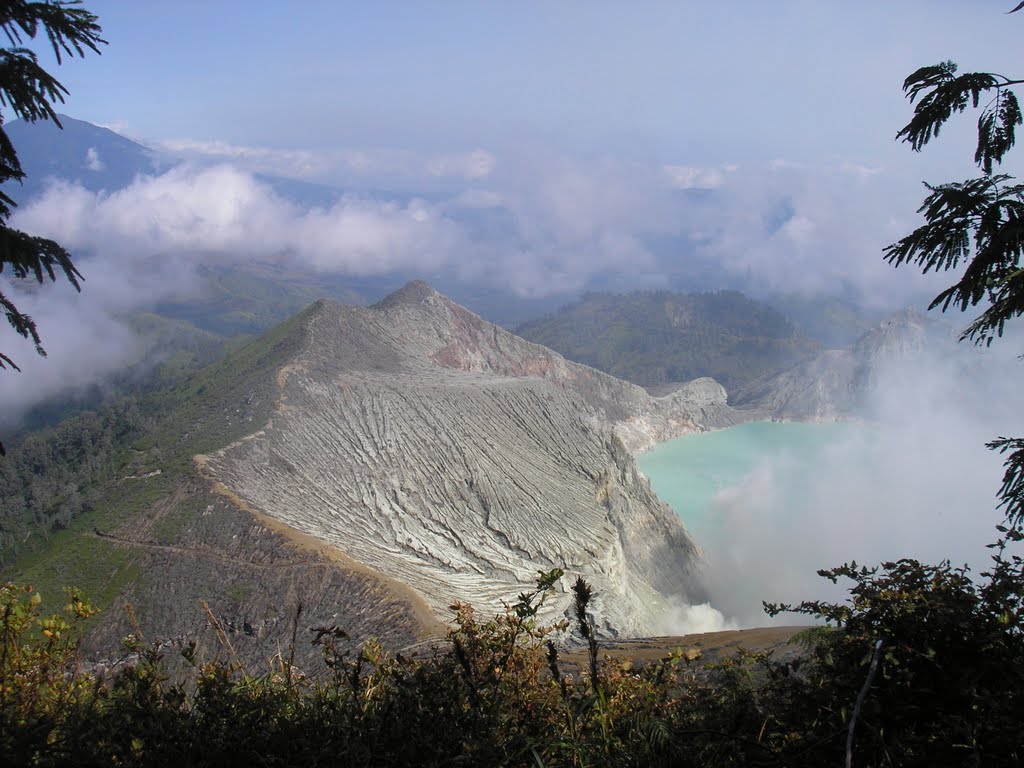
The Merapi-Ijen volcano complex lies within the much larger Ijen caldera on the eastern-most tip of Java overlooking Banyuwangi, the point of departure for the ferry crossing to Bali. The calderais about 20 kilometres across and famous for its Arabica coffee plantations. Gunung Merapi – not to be confused with Central Java’s volcano of the same name or West Sumatra’s Gunung Marapi – is the highest point of the caldera complex, on its eastern rim. Read more
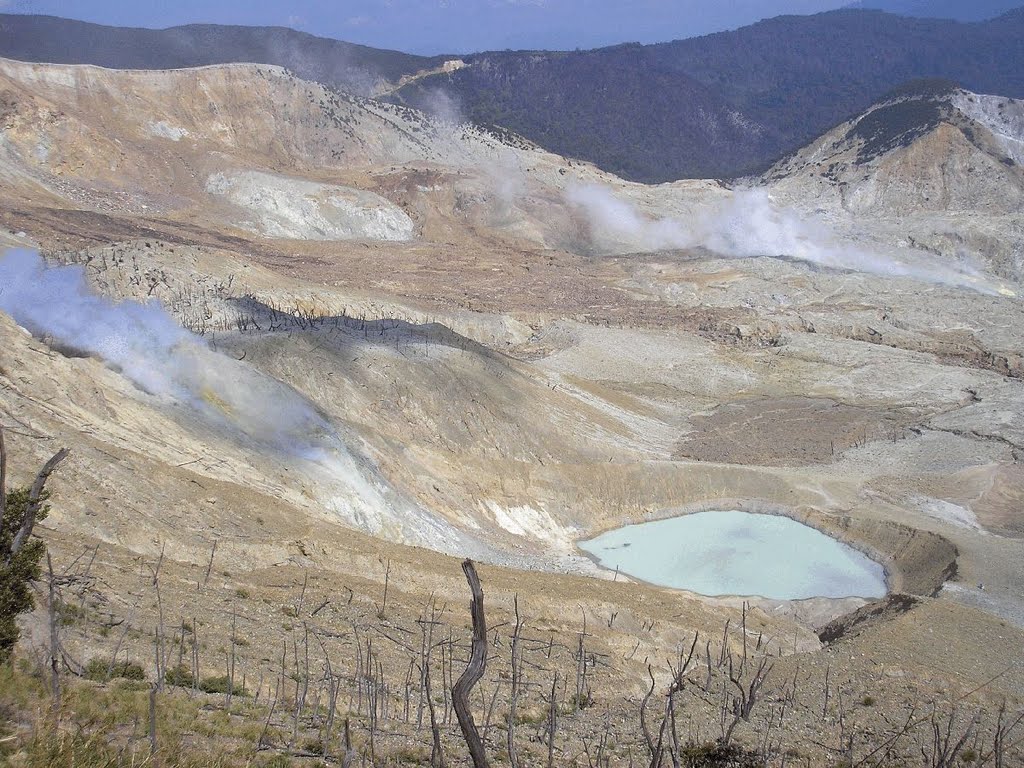
This Ribu is located about one hour’s drive from the town of Garut and actually has a car park at over 2,000 metres above sea level on the edge of the active craters. There is an alternative route to the mountain from Cileuleuy and Pangalengan but the approach from the main crater is by far the easiest and most popular. The scenery is some of the most spectacular and varied in West Java and the active crater attracts a lot of tourists. Read more
12. Gunung Kerinci
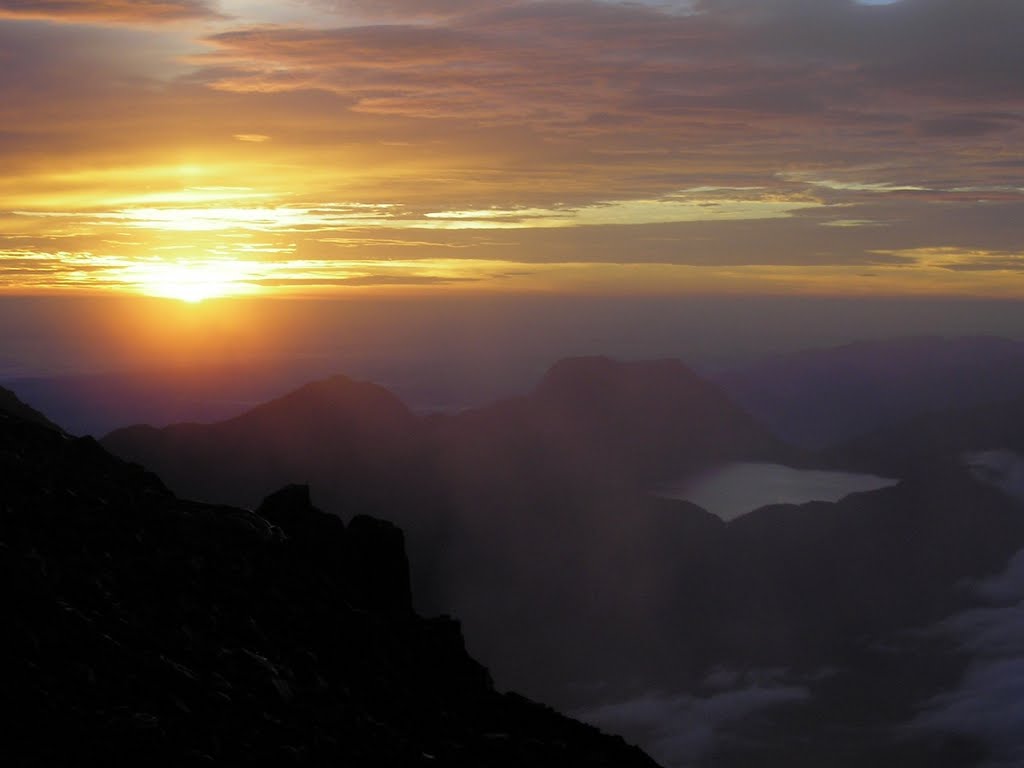
Mount Kerinci is the highest volcano in Indonesia and the highest Indonesian peak outside Papua (Irian Jaya). Much of the Kerinci Seblat National Park is located in the province of Jambi but the mountain itself is on the border with West Sumatra. We are listing it as being in Jambi because local people regard Kerinci as a region of Jambi and because it must be climbed from the Jambi side. Considering its height, Kerinci is not as difficult a climb as you might think and the views from the top are amazing. Read more
11. Gunung Slamet
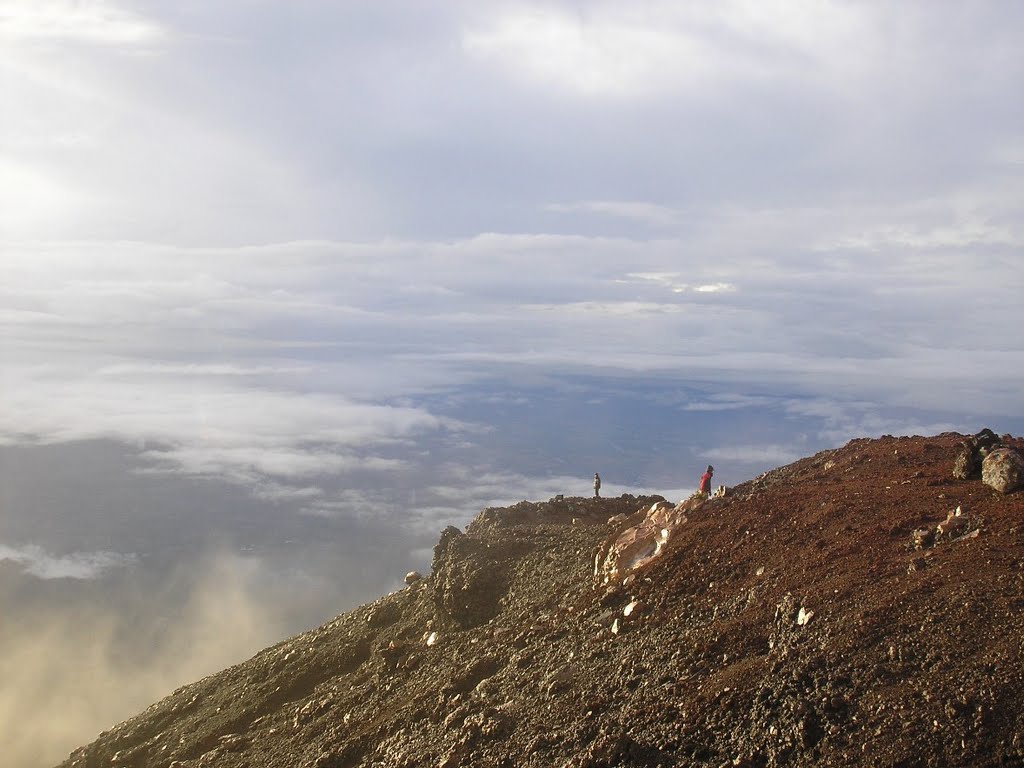
Gunung Slamet is the highest peak in Central Java and second highest in Java island. Upon seeing Slamet during his first exploration of the world, Sir Francis Drake immediately directed his boat to dock in Cilacap on Java’s south coast. It is an immense mountain and the vast lava field summit is one of the most isolated places you can be in Java. It is also one of the best places to see both the north and south coasts. Slamet is one of Java’s more active volcanoes and there is almost always lots of gas around at the crater. Read more
10. Gunung Tambora
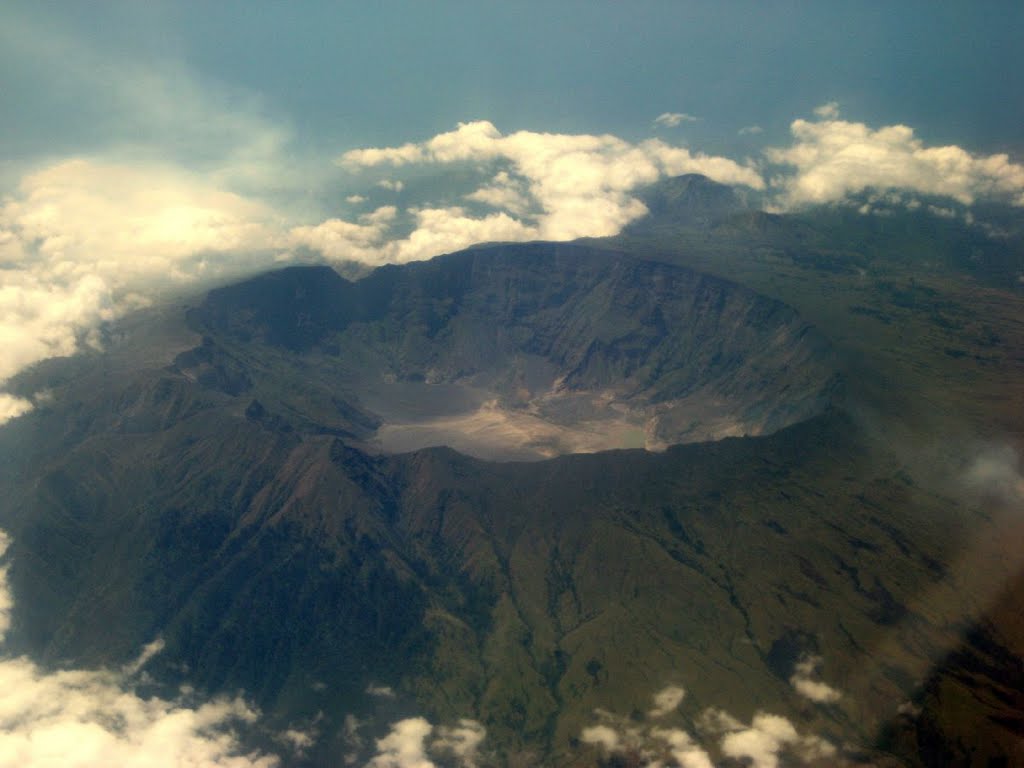
This Ribu is the site of the largest volcanic explosion in recorded history. In April 1815, the volcano erupted so violently that it was heard over 2,000 kilometres away and 71,000 people were killed. 160 cubic kilometres of fragmental material ejected in the explosion was responsible for 1816′s ‘Year without Summer’ around the world. It is no surprise, then, that the crater is enormous – over 7 kilometres in diameter. Thankfully, the volcano has calmed down considerably since the world-famous eruption. Read more
9. Gunung Agung
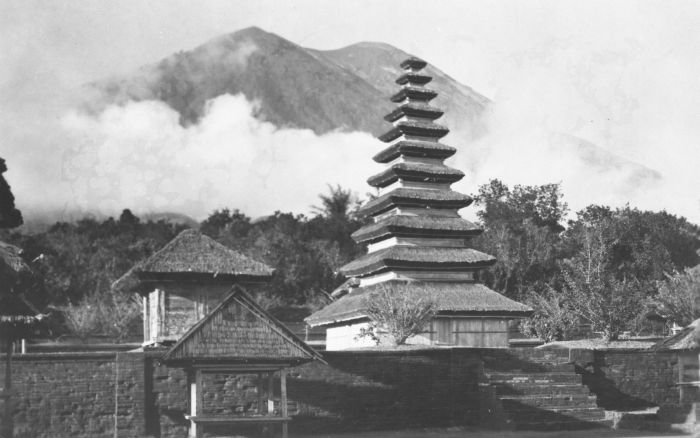
This Ribu is the highest point on the popular island of Bali and holds incredible spiritual significance for the Balinese. It is still an active volcano, and the last major eruption was in 1963. Folklore has it that when the deities made mountains for their thrones they set the highest peak in the east, the direction of honor to the Balinese. In every temple a shrine is dedicated to the spirit of Gunung Agung. The tapering form of cremation towers, pagodas, and even temple offerings bear the shape of a mountain, mirroring reverences for this holy volcano. Every aspect of Bali’s geography and ecology is influenced by the towering range of volcanic peaks that dominate the island. Read more
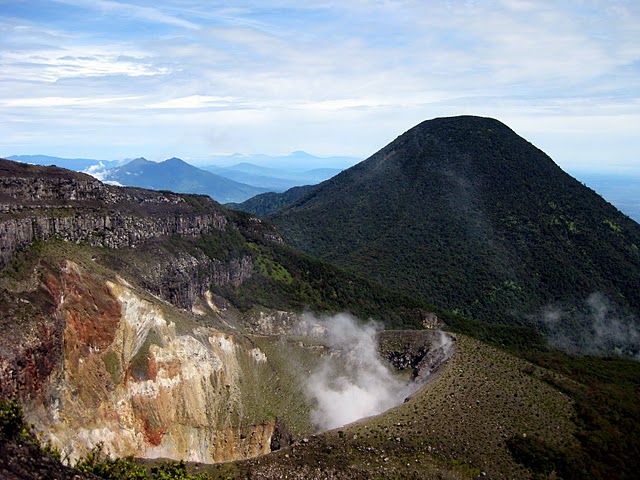
This Ribu is one of the two peaks that form part of the famous Gede-Pangrango National Park. It is only 50 km drive from Indonesia’s capital city Jakarta, and is one of the most popular destinations in “The Puncak”, which is the area between Cisarua and Cibodas. Due to its proximity to Jakarta and Bandung, it sees over 50,000 visitors per year and there is actually a limit to how many climbers are allowed up each day. The most common starting point is at the entrance to the magnificent Cibodas Botanical Gardens where the Gede-Pangrango Park office is located (for permits, guides, porters and basic maps). Read more
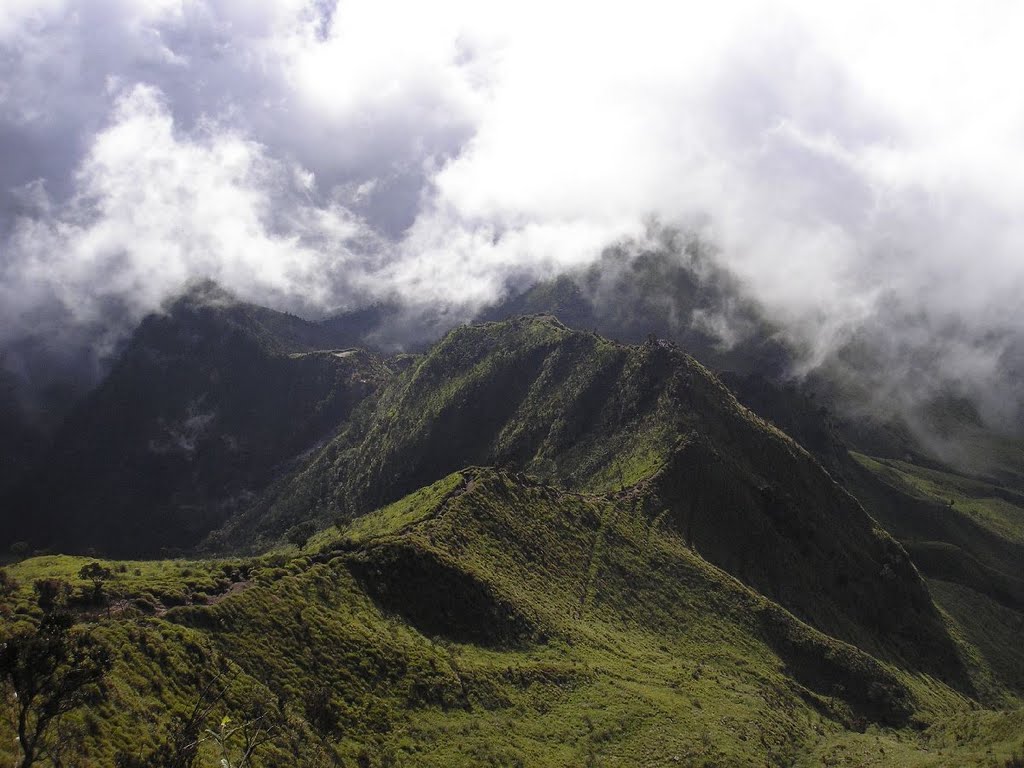
This Ribu is one of the most popular hikes in Central Java, and has spectacular views to other volcanoes in all directions from the summit area. It has five calderas, Condrodimuko, Kombang, Kendang, Rebab and Sambernyowo but no serious volcanic activity has been reported here for many decades. Merbabu can be climbed from Kopeng (northern slope, near to Semerang) or Selo (southern slope between Merbabu and Merapi and closer to Solo), The best hike is definitely a traverse from Kopeng to Selo, because the climb from Kopeng is a gentler slope and there is a good source of water halfway up. This hike could be completed in a day by very fit people, but an overnight stay on one of the summits is recommended. Read more
6. Gunung Lawu
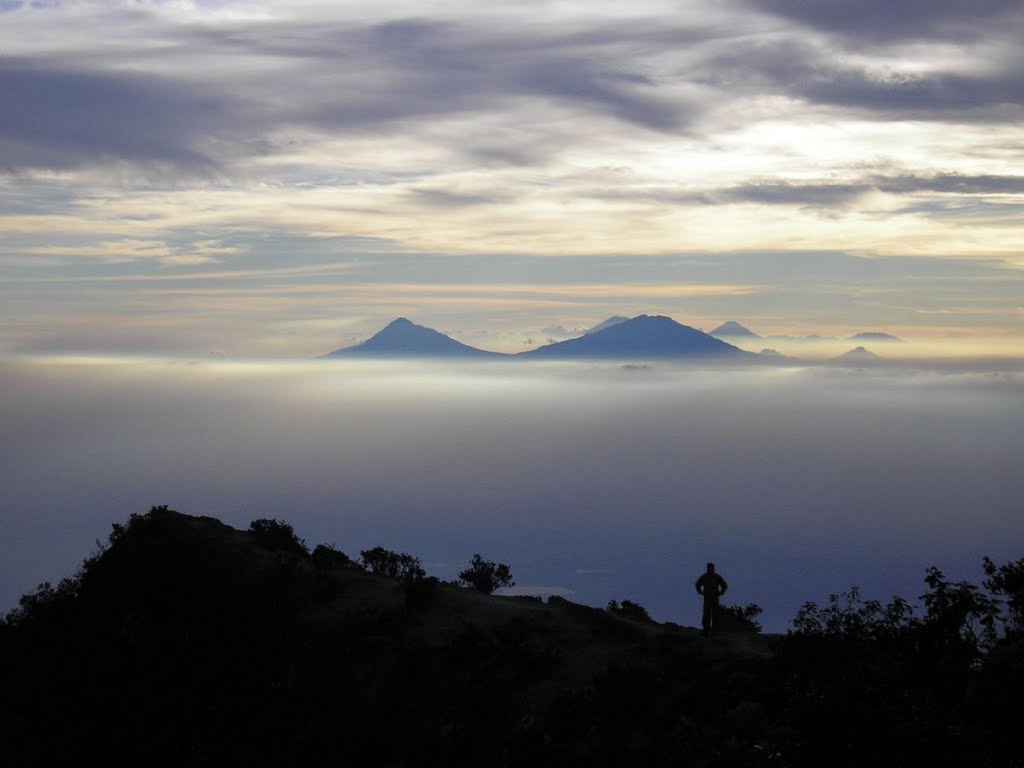
This Ribu has two excellent paths to the top from the south, with the two trailheads just 800 metres apart. It is perhaps Java’s easiest 3,000m peak, especially since the paths starts at an elevation of 1,800m. It’s a great hike for those new to hiking in Indonesia. The closest town to the starting point is Tawangmanggu, about an hour’s bus ride from the city of Solo. Tawangmanggu has plenty of accommodation which is probably worth making use of so that you can get an early start the next morning. Many of the roadside warungs at the trailhead will also let trekkers bed down for the night for a modest fee. Read more
5. Gunung Batur
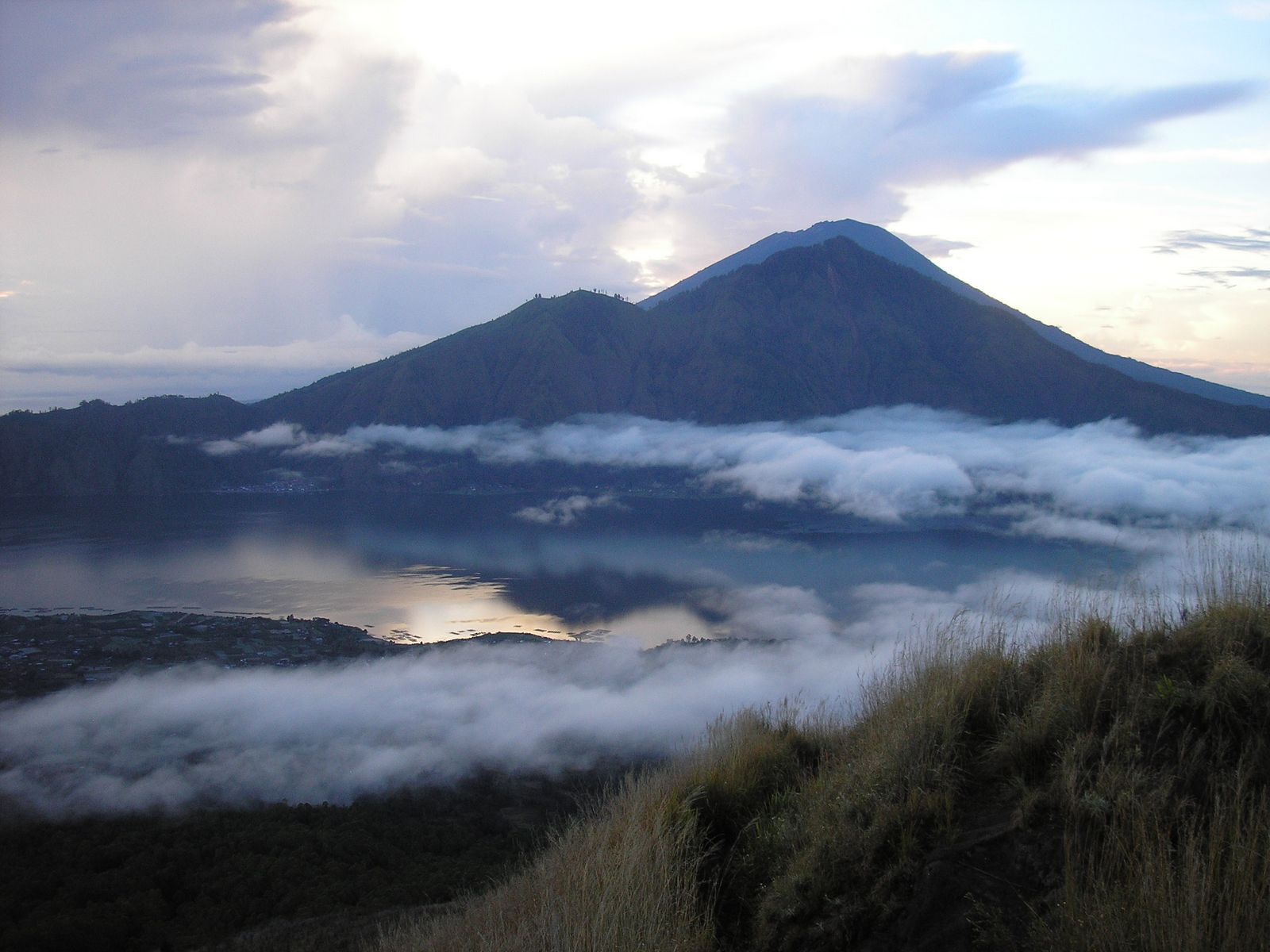
The mountainous region around Kintamani, centering around the spectacular volcanic caldera of Mt. Batur with its deep crater lake and bubbling hot springs, is rugged with high and wild beauty. Clean crisp mountain air and stunning views in all directions are what makes Kintamani one of the most visited tourist stops in Bali. Batur is a truly fabulous volcano, consisting of a ‘double caldera’ – one crater inside another. Read more
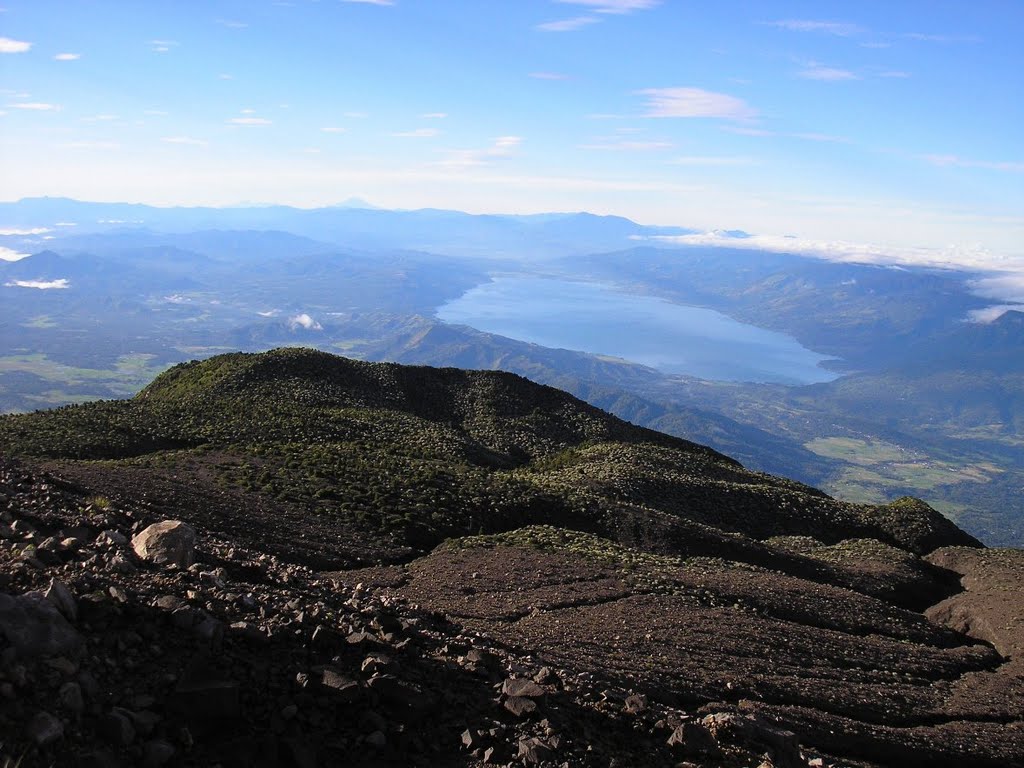
This Ribu is the most active volcano in Sumatra and is one of the most popular hikes in Indonesia. It is located to the south-east of the town of Bukittinggi and is easily reached from the main road south of the town. There are many places on Bukittinggi’s main tourist street – Jalan A Yani – where you can arrange a guide but be sure to haggle to prevent paying over the odds for what is a fairly straightforward hike, albeit onto a highly active volcano. The best thing to do is to climb at night so you reach the crater area for sunrise. The view from the Marapi crater area is staggering – as good as that from Gunung Kerinci, Sumatra’s highest peak. Read more
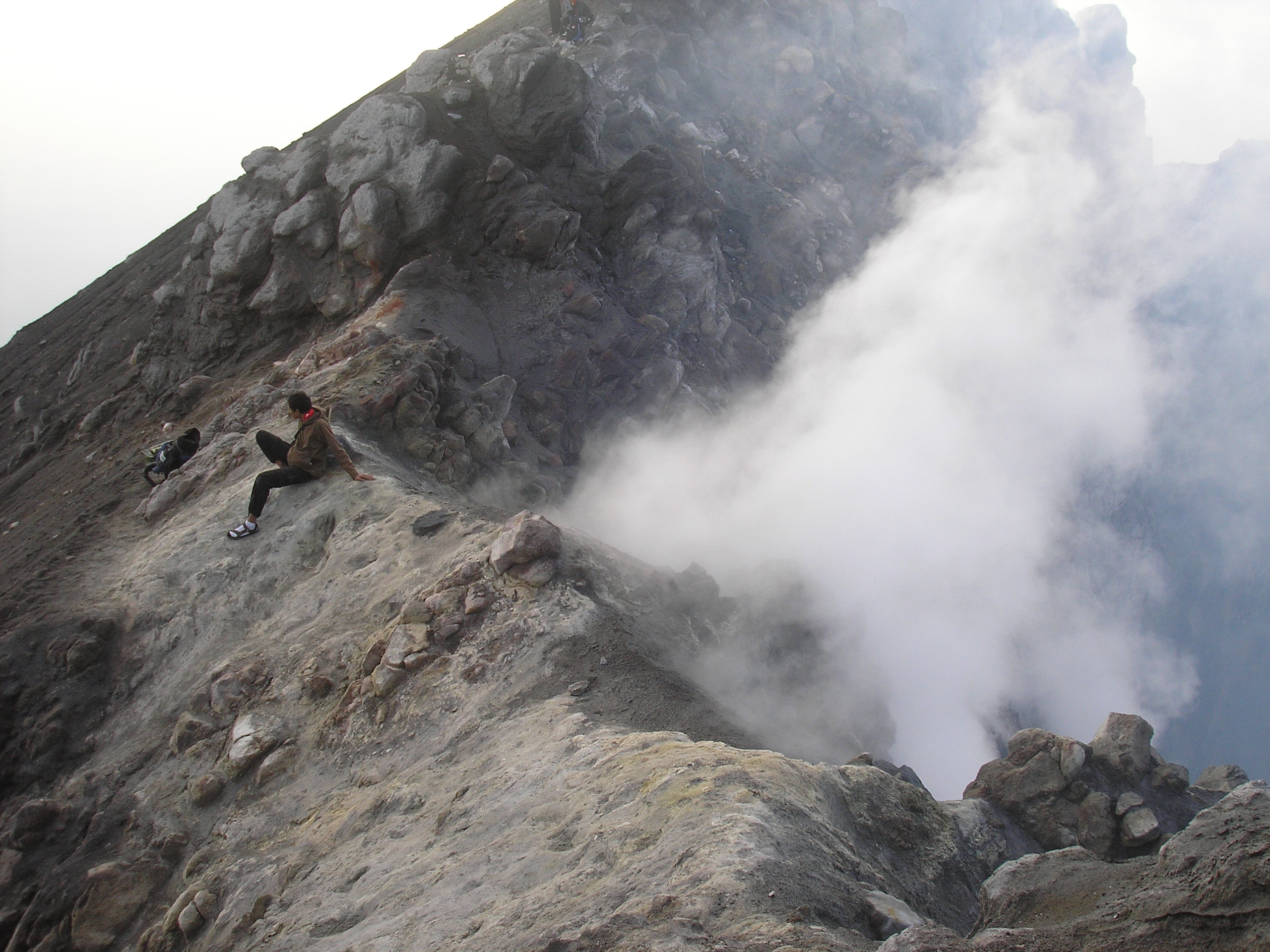
This Ribu is the most active volcano in Indonesia. Its name literally means mountain of fire and it is one of the world’s 16 Decade Volcanoes. It can therefore be very dangerous indeed. There was a major eruption in 2006 but nothing on the scale of what happened in October and November 2010 when a series of devastating eruptions killed over 300 people across a radius of almost 20km from the crater. Among the dead was Merapi’s gatekeeper, Mbah Maridjan, and the volcano was on a high level of alert for several months afterwards. Since mid-2011, Merapi has been relatively quiet again and it is possible to climb to the crater rim. Read more
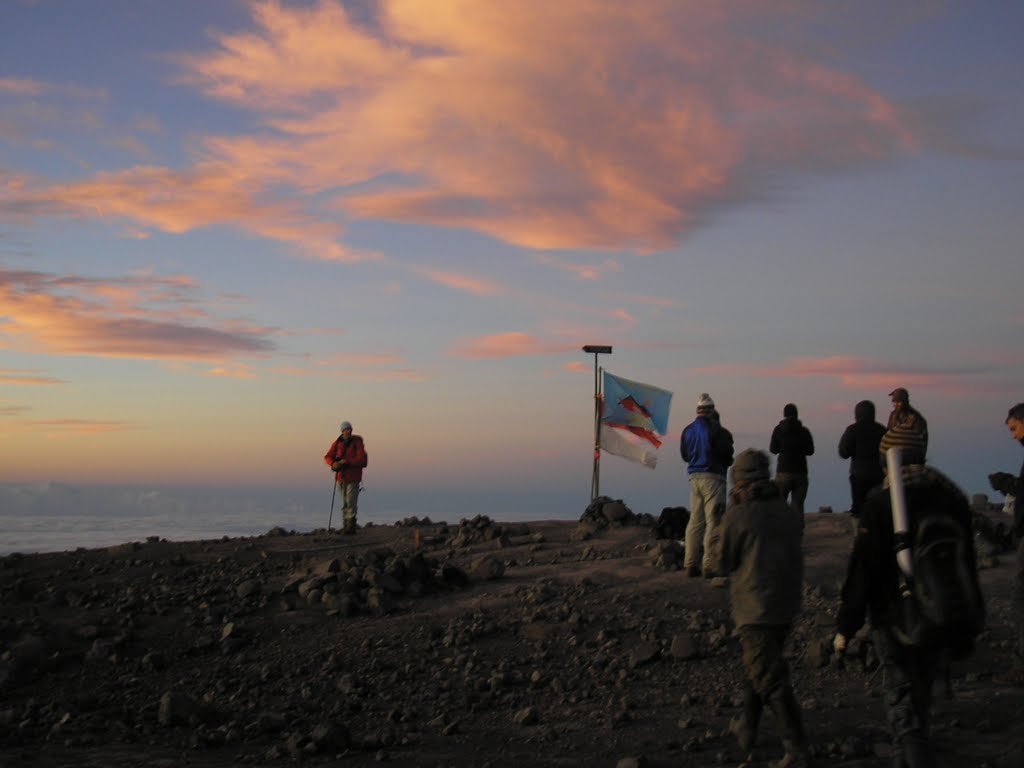
Semeru is Java’s highest peak and has been active for decades – a cloud of black volcanic ash and sand is frequently released from near the summit – sometimes once an hour, sometimes as often as every ten minutes. There have been numerous fatalities, but it is a popular and safe hike if you treat the mountain with respect and as Java’s highest peak, it is one of the finest hikes in Indonesia. Read more
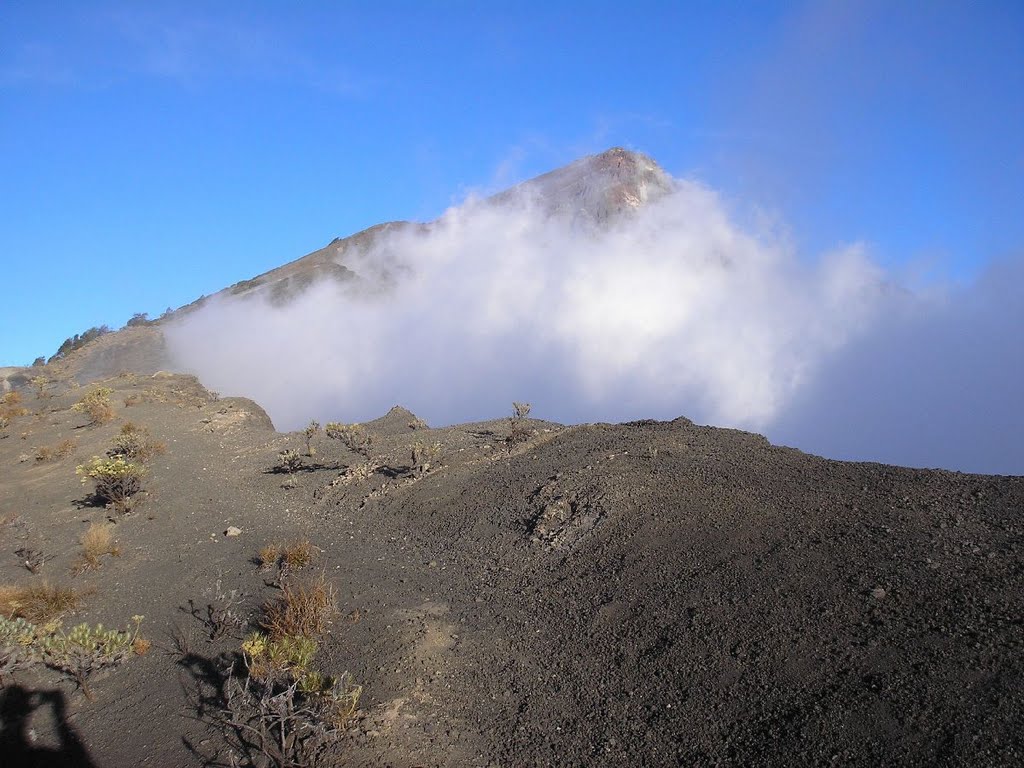
Mount Rinjani is the second highest volcano in Indonesia (after Sumatra’s Mount Kerinci) and easily one of the finest and most popular treks in Asia. The volcano complex, previously known as Samalas, is now thought to have been the location of an enormous eruption in 1257 which caused climatic change across the globe (the ‘little ice age’) and left the huge caldera which we see today. There are several routes through Mount Rinjani National Park (entrance fee 150,000 Rp for foreigners). Most hikers choose to start in the north at Senaru (a village with plenty of accommodation and information on routes) and camp at the crater rim with the most spectacular views over Segara Anak (Child of the Sea Lake) and the active new volcano Gunung Barujari which is about 200 years old. However, Sembalun to the east is the better starting point for hikers wishing to reach the rocky summit. Read more
Join the Gunung Bagging mailing list for our free monthly newsletter with all the latest trips reports and expedition plans
hi..we are interested in summiting a mountain in early October. Originally we planned for ringani but with the earthquake..the plan is off..
any suggestions..thanks
kamel1998@yahoo.com